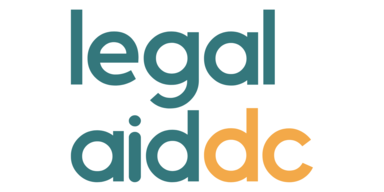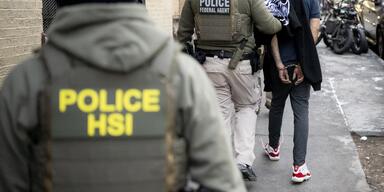

The Sexual Assault Awareness movement was born out of the courage and resilience of sexual assault survivors like Recy Taylor who first sought to push sexual assault awareness into the spotlight in the search for social and racial justice. The movement has grown from efforts to engage and change the justice system to an annual campaign to improve practices, policies, and laws. In 2001, The National Sexual Violence Resource Center began annually coordinating awareness efforts for Sexual Assault Awareness Month (SAAM) every April, and in 2009, SAAM was officially recognized by President Barack Obama. Throughout the month of April, advocacy and other organizations across the country work to educate the public on the dynamics about sexual violence.
Sexual violence happens across the lifetime and across racial, socioeconomic, gender, and sexuality lines and can take the form of emotional manipulation/degradation, unwanted or forced touching, forced prostitution, forced intercourse (oral, vaginal, or anal), or violent sex. With 1 in 5 women and 1 in 67 men experiencing sexual violence at some point in their lifetime, advocates have been working to raise awareness about sexual violence for decades, especially in vulnerable communities. (Smith, et al., 2018) In some communities, sexual violence is even normalized as something to be endured and expected in life. The immediate and long term impacts of sexual violence may be felt more deeply by those living in poverty with fewer resources to access criminal and social justice, medical, and therapeutic services. (Bryant-Davis, et al., 2010)
In the context of an intimate relationship, sexual violence can also indicate a high risk of lethality, as highlighted in news stories featuring domestic violence turned deadly. Intimate partners will often use sexual abuse to exert power and control in a relationship and to create feelings of shame and/or confusion amongst survivors that make it difficult to leave or seek help. The betrayal of someone so close, in such a personal way, can leave long lasting emotional and physical scars, creating unique barriers to justice. This is especially true when an individual has less access to financial and other resources.
Legal Aid’s Domestic Violence/Family Law Unit represents survivors of domestic violence and intimate partner sexual assault in civil protection order cases and various family law matters. We believe it is important for our clients to receive holistic legal representation that takes into account the compound and varied trauma they have experienced. We work with clients to achieve their goals and advocate on their behalf as they navigate the judicial system and face their abusers in court. When disclosures of sexual violence are made, Legal Aid connects our clients with critical resources including advocacy, therapy, and medical services.
Many of Legal Aid’s clients face barriers to accessing and pursuing justice on their own behalf when they experience sexual violence in their relationships. Stacy Andrews, a former Legal Aid client whose name has been changed to protect her identity, faced the difficult decision of whether to pursue a civil protection order against the man who had been living in her home and sexually assaulting her for months, or to endure his continued abuse because he was helping her pay bills. Like many of our other clients, the sexual abuse was far from the only issue Ms. Andrews was dealing with. On top of the violence, she struggled with her own medical conditions as well as caring for a sick family member. Legal Aid was able to support Ms. Andrews in her decision and throughout her court proceedings to ultimately succeed in getting her abuser out of her home.
 Awareness is the foundation of our ability to provide such comprehensive representation with the knowledge and understanding of our clients’ whole life experience. Sexual Assault Awareness work has enabled Legal Aid and countless other organizations to support, represent, and empower clients who are dealing with sexual violence in their current or past relationships.
Awareness is the foundation of our ability to provide such comprehensive representation with the knowledge and understanding of our clients’ whole life experience. Sexual Assault Awareness work has enabled Legal Aid and countless other organizations to support, represent, and empower clients who are dealing with sexual violence in their current or past relationships.
We all have a role to play in shattering the walls of silence around sexual violence, whether it be providing legal and other services to ensure survivors’ safety and financial security, holding sexual offenders accountable, acting as a bystander when an offense is happening, or taking the time to talk with our family, friends, and colleagues. We must all work together to improve response and prevention services for survivors. The more we, as organizations and individuals, engage in the conversation, the more we are able to strip away the barriers to justice that survivors of sexual violence face to coming forward.
Get involved in SAAM 2019 in DC: Find an event near you with the DC Coalition to End Sexual Violence.
Get Help 24/7 from the National Sexual Violence Hotline at 1-800-656-4673**
Graphics are courtesy of the D.C. Coalition to End Sexual Violence




